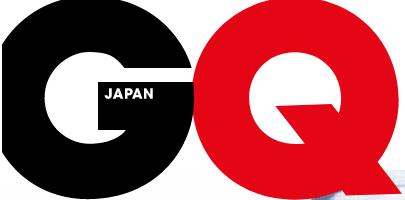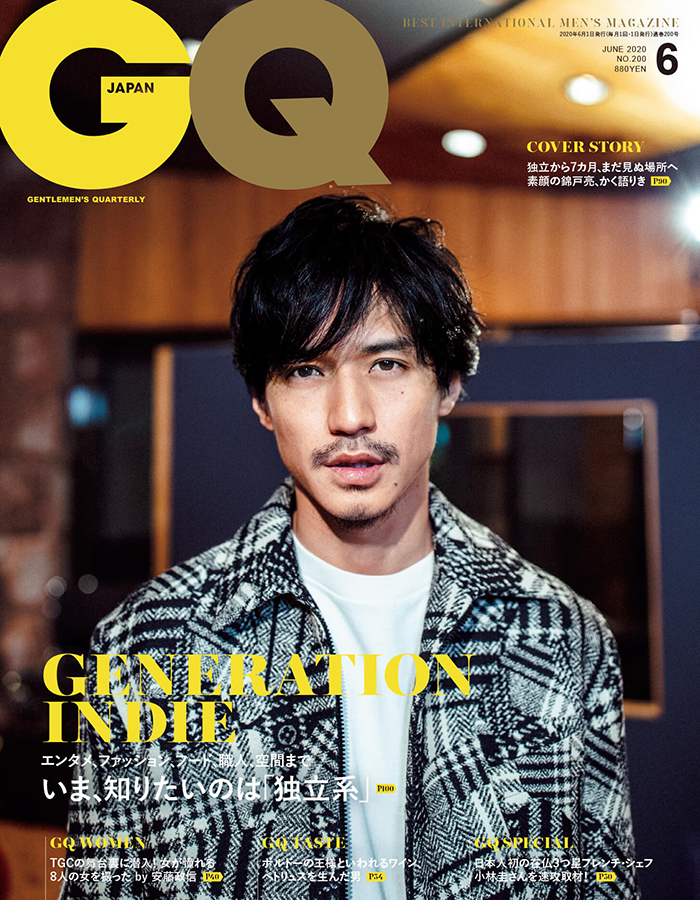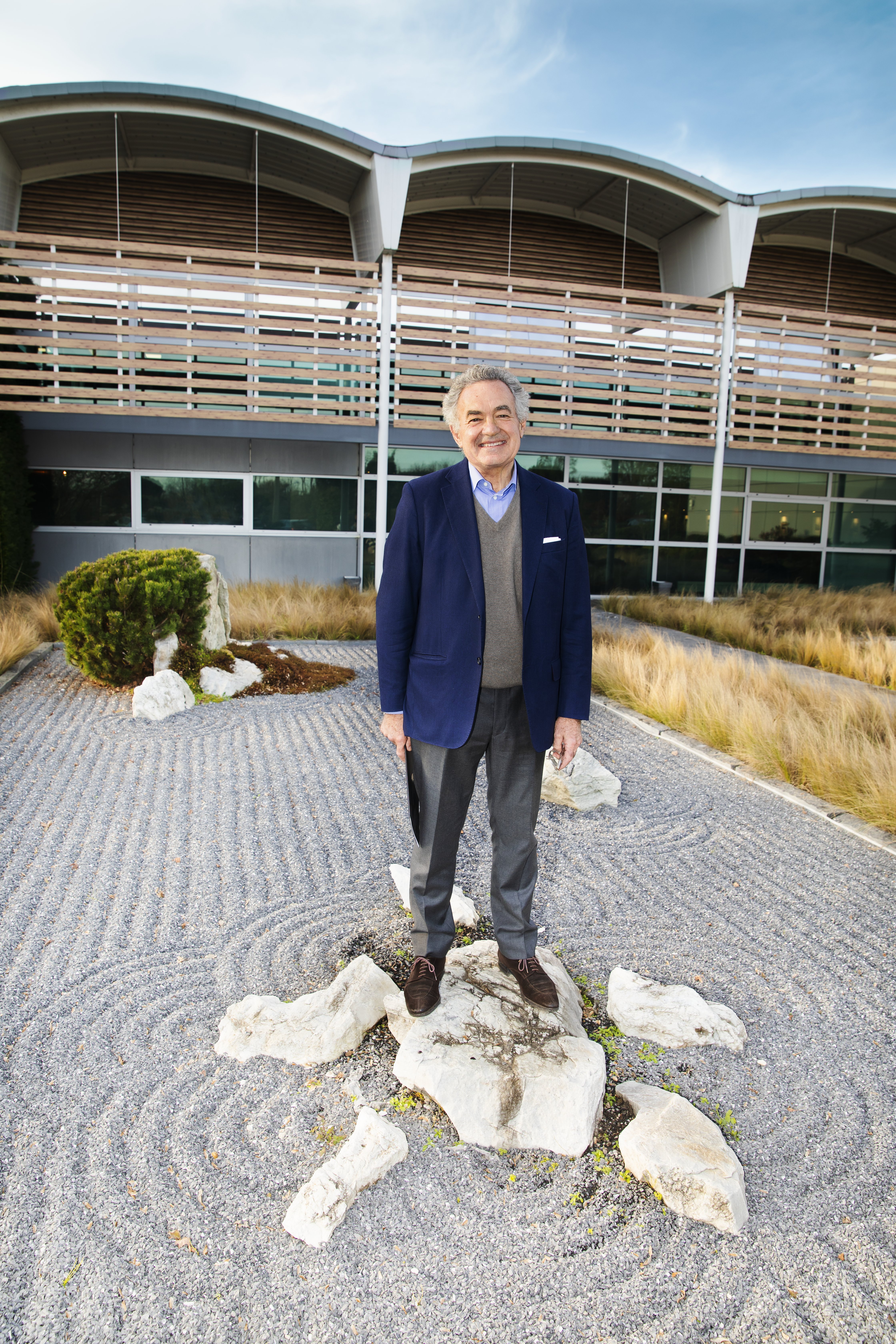Press
Publication in GQ Japan
“Recently, I met Mr Pierre Antoine Castéja, the current owner and representative of the fifth generation of the Joanne company, which was founded in 1862. I was also invited to dinner at his home.
Mr. Masafumi Suzuki meets the best négociant of classified châteaux
A 50-fold increase in turnover
Mr Castéja, born in 1950, joined the family business at the age of 26. A graduate of the HEC business school, he spent the first two years of his career with Coopers & Lybrand (now Pricewaterhouse Coopers) before his father asked him to return to Bordeaux. Joanne was created in 1862 by Paul Joanne, an ancestor of the family, seven years after the first Universal Exhibition organised under Napoleon III’s Second Empire in 1855. The Médoc and Graves châteaux (including Château Haut Brion) were classified at this exhibition. At that time, there were 95 employees at Joanne. At the end of the 1970s, Joanne was blending its own wines and marketing them to French restaurants under its own name or under the name of its clients. In 1989, this activity represented ten million bottles per year, but Mr Castéja was not overjoyed by this figure. However, Mr Castéja was not overjoyed by this figure: “I wondered where the future of our company lay. Should we continue to market wines of unknown repute bottled in our cellar? Should we concentrate our efforts on creating a powerful brand, like Mouton Cadet? Or should we focus on our business as a négociant of great Bordeaux wines?
His conclusion was to specialise in the sale of fine wines. Once the decision was made, he immediately stopped bottling his own brand and customers’ wines. “It was difficult to explain to our customers or our sales team that we were going to reduce our production from 50,000 bottles sold in the first year to 30,000 next year and 10,000 the year after. A difficult argument to hear. So in 1990 he sold two production sites of 10 million bottles a year. At the time, the turnover generated by the fine wine trade represented 50% of the total turnover, the other half coming from the bottling activity. This meant that half of the turnover was lost. Despite this, the company did not lay off anyone. As I listened to Mr. Castéja’s story, I thought of the Japanese army’s completely failed strategy during the Second World War. It strengthened its army too optimistically by making a mistake in its analysis of the war situation. This wrong view caused them to lose battles like Guadalcanal. Mr Castéja’s strategy was completely the opposite. Mr. Castéja knew exactly how to read the economic situation of the time and succeeded in riding the wave of the world market’s infatuation with the fine wine market in the 1990s. With a lot of audacity and courage, he gave his company all the means to put itself in order of battle. 95% of the turnover of the Joanne company today concerns the wines of the grands crus classés. the company exports to 63 countries. Its customer portfolio is around 1000 customers; its stock is around 5 million bottles of wine available for delivery. Joanne has become the largest wine merchant in Bordeaux. So, what are the challenges of today? He wants to continue his development in the field of fine wines and “become the ‘Gagosian’ of the wine world” he says with a gentle smile. The Gagosian Gallery is one of the most prestigious contemporary art galleries in the world. Among the artists exhibited are Basquiat, Jeff Koons, Takashi Murakami, Damien Hirst. “Artists don’t sell their work. It’s the dealers who do that. My wish is to offer the best or rarest wines to distributors all over the world, just as an art dealer would with works of art.
The blind tasting evening
M. Castéja organised, after our interview, a dinner at his home in Bordeaux where we had the chance to do a blind tasting. Mr Frédéric Engerer, the director of Château Latour, joined us there. He also went to the HEC school and is a well-known businessman. François Pinault, the owner of the château, appointed him to this position when he bought the château. He immediately made a name for himself in Bordeaux with his “rational” business style. He has a reputation for having a rigorous temperament. That evening, he played the most important role of the evening by enthusiastically participating in the search for the wines being tasted and their vintage. The last wine served blind was the big surprise of the evening. It was Chateau Leoville Barton from 1949. The year 1949 is my birth year and also the year of Mr. Hirose Yasuhisa, president of the company Enotica. Although this elegant wine is one of my favourites, I could not guess its vintage. I first thought of 1959 or 1964 because I felt the freshness and youth of this wine. Mr Castéja then revealed to us which wine it was. With Mr. Hirose, we looked at each other as if we were looking in the mirror. Mr. Castéja and Mr. Engerez, looking at us, said at the same time: “The wine is younger than they are! This episode made everyone laugh. The good wine of Bordeaux remains “a young man forever”.
Source : GQ Japan June 2020
Crédit Photo : Condé Nast Japan / GQ JAPAN / Osamu Yajima




